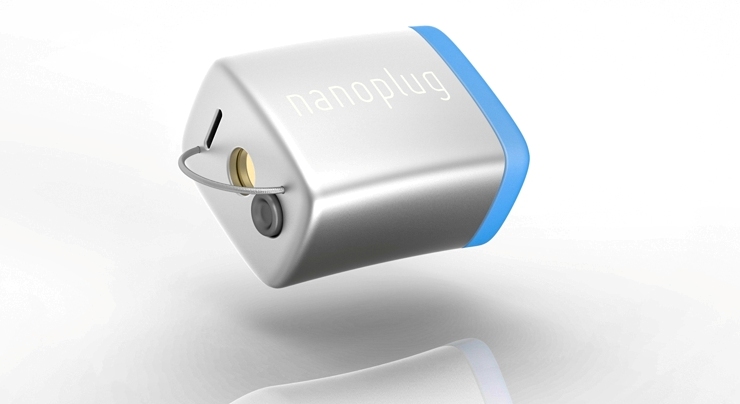Lately there has been much interest in a new method of funding projects known as "crowd-funding". This model allows people (known as "backers") from all walks of life to participate in bringing an idea to reality, usually by contributing some money towards a project for which the "creator" is asking to be funded.
There are a number of problems with this model that are damaging the future of crowd-funding, spoiling this model for legitimate honest people who wish to play by the rules.
Prevalence of Scams
Many "too-good-to-be-true" devices are being promoted. While KickStarter (KS) has some rules stating that at least a working prototype should be available, Indiegogo (IGG) has no such limitation. The site features computer 3D renders of amazing products that have no basis in reality. They may be possible in 20 to 30 years, using Star-Trek-like technology, but not today. Even Apple, one of the world's richest companies with brilliant engineers and cutting-edge technologies at their fingertips cannot do what these crowd-funding creators wish to create, and no amount of money thrown at the project will change that.
Here are various questionable campaigns from the start, which have successfully been funded with a combined take-in of millions of dollars, with NOTHING to show for it.... And this is just a drop in the bucket!
Nano-Plug - Hearing aid:
Indiegogo NanoPlug Campaign - $249,094 USD
Indiegogo Airing Campaign - $928,494 USD (and up)
Smarty Ring - Notification ring:
Indiegogo Smarty Ring Campaign - $297,999 USD
Ritot - Projection Watch:
Indiegogo Ritot Projection Watch Campaign - $1,672,314 USD
Just a small sample of MANY MANY scams...
Categorizing Scams
Here is my way to rate various scams that I have seen. It is based on whether a product never gets delivered ("fund and run"), whether it appears to function as stated but a complete sham scientifically ("snake-oil"), if it is just a repackage of an existing product but at much higher costs and trying to pass as a new product ("rip-off") and something that promises almost impossible performance and eventually gets delivered but with nowhere the same function or appearance ("star trek").
- Category 1 ("snake-oil"): Dodgy devices that look and function as stated, but have no reputable scientific proof that they really work. Example: NEO Neurophone
- Category 2 ("fund and run"): Devices that are possible with today's technology and seem deliverable, yet never get to backers. Example: ZambiLight
- Category 3 ("rip-off"): Products that already exist, mostly cheap Chinese technology that is "repackaged" or designed to look like a new device and sold at a huge markup. Examples: Orsto 2 Smart Watch, Light Phone
- Category 4 ("star trek"): Product impossible to create as shown, with no intention of ever being able to deliver anything close to what is being promised. Backers do not receive their "perk" at all, or if they do it is a joke. Examples: Airing, NanoPlug, Smarty Ring, Ritot Projection Watch
There are many other examples, but too exhaustive to find and list here. However, doing a search will reveal more and more undeliverable scams that fall into any of these 4 categories, and I'm sure additional categories can be formed as future scampaigns develop. There is also the "bait and switch" which can be combined with any of these categories to appease backers so they have something delivered but far inferior and a misrepresentation of what they originally intended to fund and receive.
In Conclusion
When Indiegogo campaigns have no way of delivering what people were sold, backers get angry. However after a while, one by one backers move on with their lives and learn a hard lesson from crowd-funding and probably never trust it again. On the other hand, scammers have learned to use the site to fund their retirement. Some of the largest scams, raking in MILLIONS essentially provide these criminals a lifetime jackpot. And they will do it again and again.
Crowd-funding sites, intermediaries, financial institutions handling the money, and especially creators must be made more accountable. We cannot let the "free market" decide, because TIME AND TIME AGAIN has proven that more and more people are going to be scammed. These are not the same people.... Once bitten twice shy they say. It is NEW people who just heard of crowd-funding and never were scammed before. By the time the influx of new people diminishes, it could be years and years of successful scamming and criminals (who could be associated with terrorist groups or organized crime rings) using crowd-funding to raise money to fund terrorism or as a way to launder money.
BEWARE CROWD-FUNDING!




